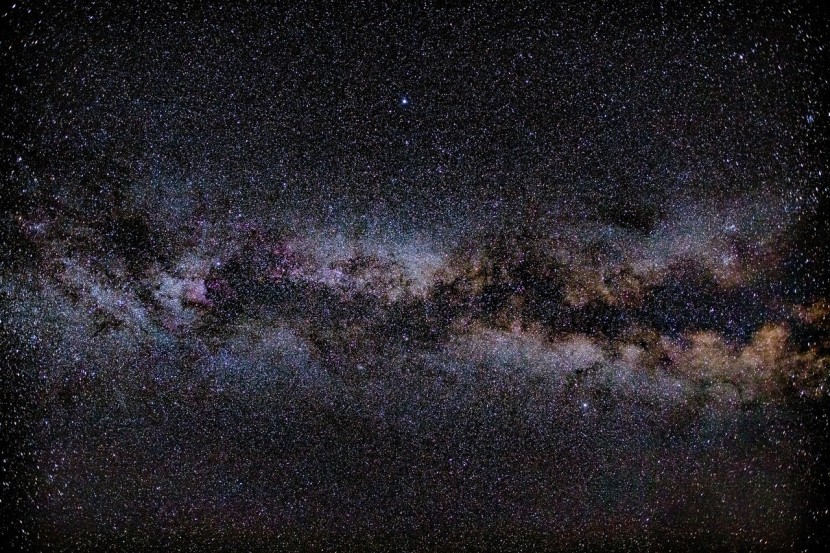
Astronomers have found two supermassive black holes that are on a collision course and will hit each other in 10,000 years, causing the fabric of space-time itself to warp.
The two monster black holes share the same name, PKS 2131-021, and are 99% guaranteed to collide in a region of space roughly nine billion light-years from Earth. A study published on Feb. 23 in The Astrophysical Journal Letters revealed the shocking predicament.
Black Hole Collision
The National Aeronautics and Space Administration (NASA) released a statement saying that the two black holes have steadily moved toward each other for the last 100 million years. Now, the two objects share a binary orbit, with each one orbiting the other every two years or so.
Researchers said that the two black holes will merge in roughly 10 millennia, an event that will send gravitational waves, which are ripples in the fabric of space-time that Albert Einstein originally predicted, across the universe.
While no one on Earth right now will be able to witness the moment, studying the two black holes now could provide new insight into how supermassive black holes form and what happens in the event of a collision between these two massive space objects, as per Live Science.
Either one of the two supermassive black holes is unfathomably huge, hundreds of millions of times the mass of our sun. But on a cosmic scale, they are relatively close to each other, roughly 50 times the distance between Earth and Pluto. Experts have noted that a black hole half the size of a golf ball has the same mass as our planet.
Tony Readhead, the co-author of the study, who is an astronomer from the California Institute of Technology, began watching the sky for galaxies with cores holding active black holes in 2008 with his colleagues. They were specifically trying to look for voids with central jets that spew streams of matter at blazing speeds, near the speed of light, providing light to the universe.
According to CNET, while such energetic galactic centers are commonly called quasars, Readhead's aim was to discover a subclass of a quasar called a blazar. The jets of these regions are pointed directly at Earth and he has successfully monitored about 1,000 of these beams for years.
Confirming the Pattern
The team noted that if the pattern of the blazar was truly regular and not just a coincidence of the blazar's variability then it would have had to be seen over time. But they would need decades of data to confirm their suspicions. The earliest observations they initially found dated back to 1980.
However, when undergraduate student Sandra O'Neill joined the group, she found older observations from the Haystack Observatory that were taken between 1975 and 1983. There, the team found a peak in the blazar's brightness in 1976 just as the sinusoidal wave pattern suggested there would be.
When we realized that the peaks and troughs matched, we knew something very special was going on," said O'Neill, Sky and Telescope reported.
Related Article:
Scientists Solve King Tutankhamun's Dagger Mysterious Origin as Not From this Earth








